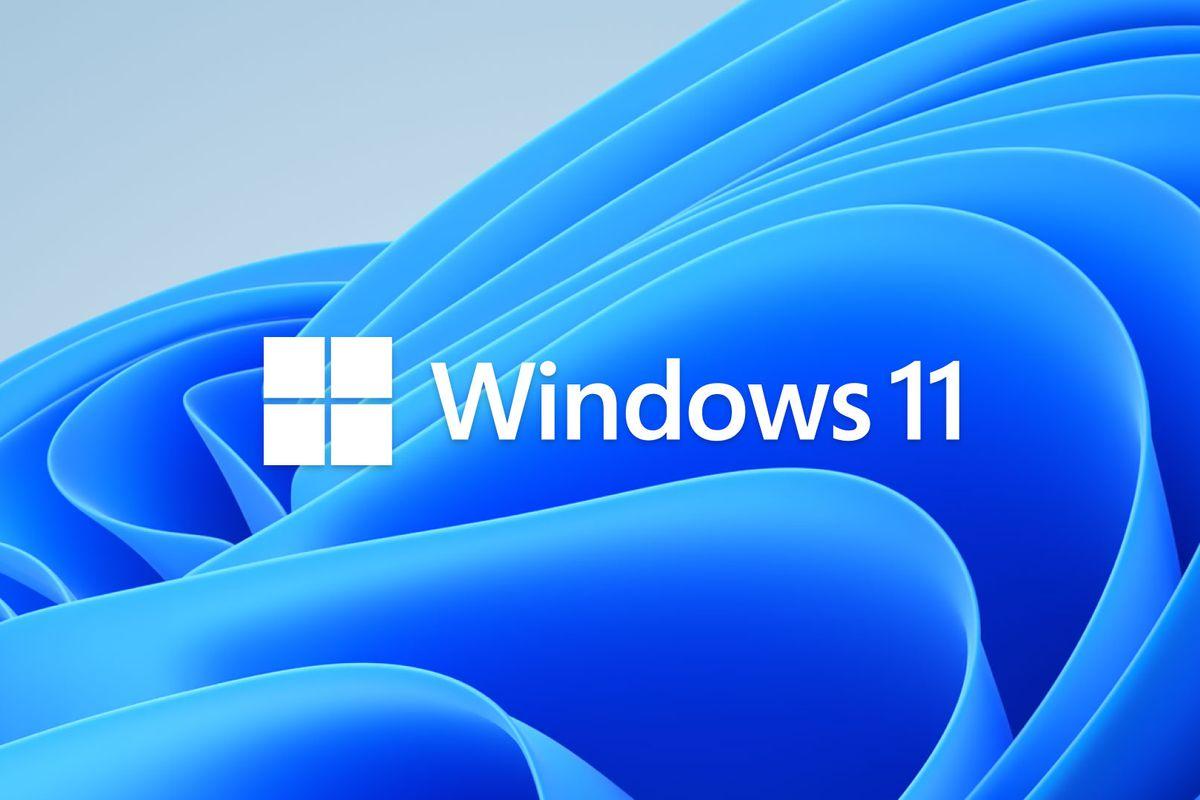Windows Update is Microsoft’s operating system feature that keeps your PC up to date with the latest security fixes and improvements. However, if soon after completing an update, your computer has a problem or incompatibility with a component, it is recommended that you remove it and wait for a new one. Here’s how to uninstall a Windows 10 and 11 update.
How to Uninstall via System Setup (Windows Update)
Primarily, this walkthrough was used in Windows 10, but it works the same in 11. This is the most common and safest way to uninstall an update in Microsoft’s operating system.
- Open the Windows Start menu and click on the settings option;
- Once you open the settings, click on the “Update and security” option;
- In the menu on the left, select the option “Windows Update” and then “View update history”;
- On the next page, click on the “Uninstall updates” button;
- Finally, choose which Windows update you want to uninstall. Right-click and then “Uninstall”.
How to uninstall via secure boot
The path below is focused on how to uninstall the update on windows 10. In version 11 of the operating system, the “Recovery” option is found in the “System” tab in the settings.
- Open Windows settings and select “Update and Security”;
- Click on “Recovery” tab and then on “Restart now” button under “Advanced startup” option;
- On the next screen, choose “Troubleshooting”;
- Now, select “Advanced Options”;
- Click on “Uninstall Updates”;
- Choose between “Uninstall the latest quality update” or “Uninstall the latest feature update”;
- Finally, confirm and wait.
How to uninstall from command prompt
There are several ways to open the command prompt, we have separated 7 for you to check. Also, this option is not just for uninstalling updates to the Microsoft operating system. It is possible to use the feature for other purposes, such as removing programs in Windows, for example.
So, just follow this guide. It works for both Windows 10 and 11.
- Open the search bar and type “Command Prompt”;
- Then click on “Run as administrator”;
- Type the command: uninstall: wusa/uninstall/kb: XX and press Enter. Where XX is the number of the update you want to uninstall from Windows. For example, if you want to remove update KB2565063, you would type: uninstall: wusa/uninstall/kb: 2565063;
- Restart your computer to complete the process.
What to do if the update fails?
restore the system
This action is to revert the computer to the state it was in at some point in the past. For example, if you did some software or driver installation, a restore point is usually created automatically.
If there is a problem after installing a product, it is possible to restore the PC to the previous state when the point was configured. It is also possible to create a restore point manually and your personal files are not affected by the restore.
Every version of Windows has a way to restore the system, so it’s a good idea to check yours.
Restoring your computer from installation media
If the problem gets to the point where your computer stops starting, don’t panic (yet)! It is possible to restore the PC through an installation media. The download is done from the Microsoft website.
Download the tool and follow the recommended steps to create installation media for another computer. When finished, turn on the problem PC and connect the media. In the initial setup, select “Repair Computer”, “Troubleshooting” and “System Restore”.
The system will attempt to restore and start from the chosen time.
How to see all Windows updates?
In both Windows 10 and 11, the path is the same. Just open the Windows Update settings and click on “Update history”.
Is there a way to disable automatic updates for Windows 10 and 11?
Yes, but not recommended. If you want to learn how to disable it, check out our guides for Windows 10 and Windows 11.
If the problems persist after you’ve tried all the above guides, then maybe it’s time to contact a professional. Good luck!
